The Assembly Line Revolution That Changed Everything

Picture this: it’s 1913, and you’re standing on the factory floor watching history unfold. Henry Ford’s team at Highland Park successfully began using the moving assembly line in automobile manufacturing after much trial and error. This assembly line cut production time for the Model T from 12 hours to about 90 minutes, halving the vehicle’s sticker price and boosting sales. Ford decreased shifts by one hour, gave employees higher wages, and created a third shift to hire more workers. The assembly line allowed Ford Motor Company to become a twenty-four hour operation. You’re witnessing the birth of modern manufacturing – something that would ripple through every industry imaginable. This steady productivity gain created the rare win-win situation of simultaneously rising wages and rising profits, which was classical ‘Fordism’ where middle class purchasing power fueled economic growth.
Radio Waves That Connected a Nation

The invention of the radio was the first among all major inventions of the 20th century period, though patent for radio was granted only in 1904. Both Nikola Tesla and Guglielmo Marconi are considered inventors of radio, with Marconi sending the first radiotelegraph message from England to Canada in 1901. In the boom of the 1920s, people rushed to buy radios, and business and social structures adapted to the new medium with universities offering radio-based courses and churches broadcasting their services. Think about it – before radio, news took days to travel across the country. By 1922 there were 576 licensed radio broadcasters and the publication Radio Broadcast was launched. Suddenly, a farmer in Iowa could hear jazz from New York City in real time.
Television’s Mesmerizing Debut

The invention of television dazed people all over the world when John Logie Baird made this significant invention in 1926 and is credited for making the world’s first television broadcast. Philo Taylor Farnsworth, 21, developed what he called the “image dissector” – the first working electronic camera tube – in San Francisco in 1927 after becoming fascinated as a youngster by reading about broadcasting images and sound. Philo Farnsworth is credited for making the first complete, functional all-electronic television system. But here’s the kicker – film mogul Darryl F. Zanuck of 20th Century Fox said in 1946: “Television won’t be able to hold on to any market it captures after the first six months. People will soon get tired of staring at a plywood box every night”. Boy, was he wrong!
Silicon Valley’s Secret Military Origins

Most people think Silicon Valley started with hippies and garage startups, but the truth is way more interesting. The U.S. Navy played the role of motivated resource-rich customer for Silicon Valley’s early entrepreneurs, with the Valley entering America’s modern military-industrial complex as a source of communications technology well before World War II. Electronic components were critical technologies for Bay Area companies during World War II when Hewlett-Packard sold electronics equipment including audio oscillators to the U.S. military, and as the Cold War intensified in the 1950s, the Department of Defense became critical to the Silicon Valley ecosystem’s industrial foundation. The term Silicon Valley, coined by a local journalist in the early 1970s, became synonymous with high technology concentration, akin to Manchester of the Industrial Revolution and Detroit in the heyday of the automobile. During the 1919 Paris peace talks after World War I, President Woodrow Wilson acknowledged three areas crucial to global influence: petroleum, transportation, and communications.
Detroit’s Rise as the Motor Capital
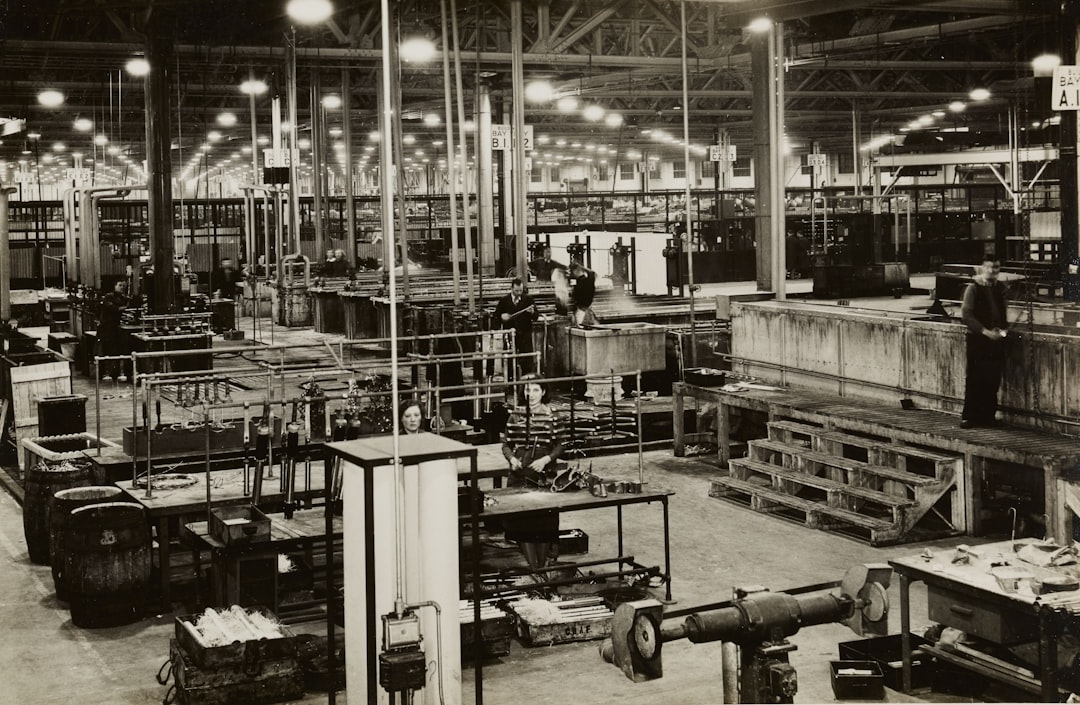
Detroit was built largely by the massive growth of the automotive industry in the 20th century, earning itself the moniker “The Motor City” – jumping from the 13th largest American city in the early 1900s to the fourth-largest by 1940. By the 1940s, Motor City was a boom town where the Detroit Three controlled 90% of the U.S. market share, and the iconic Ford River Rouge plant was opened in Dearborn, MI, creating over 90,000 jobs in the Detroit area. In 1914, Henry Ford famously announced he would pay workers $5 a day, and the promise of high-paying quality jobs attracted thousands of mostly Black migrants and some Mexican immigrants who saw working in a car factory as a pathway to the middle-class. Here’s what’s wild – since the city’s first auto factory opened in 1899 and Henry Ford revolutionized production capacity with the moving assembly line soon after, by the early 20th century, as many as 125 auto companies operated in the city.
The Computer’s Complicated Birth Story
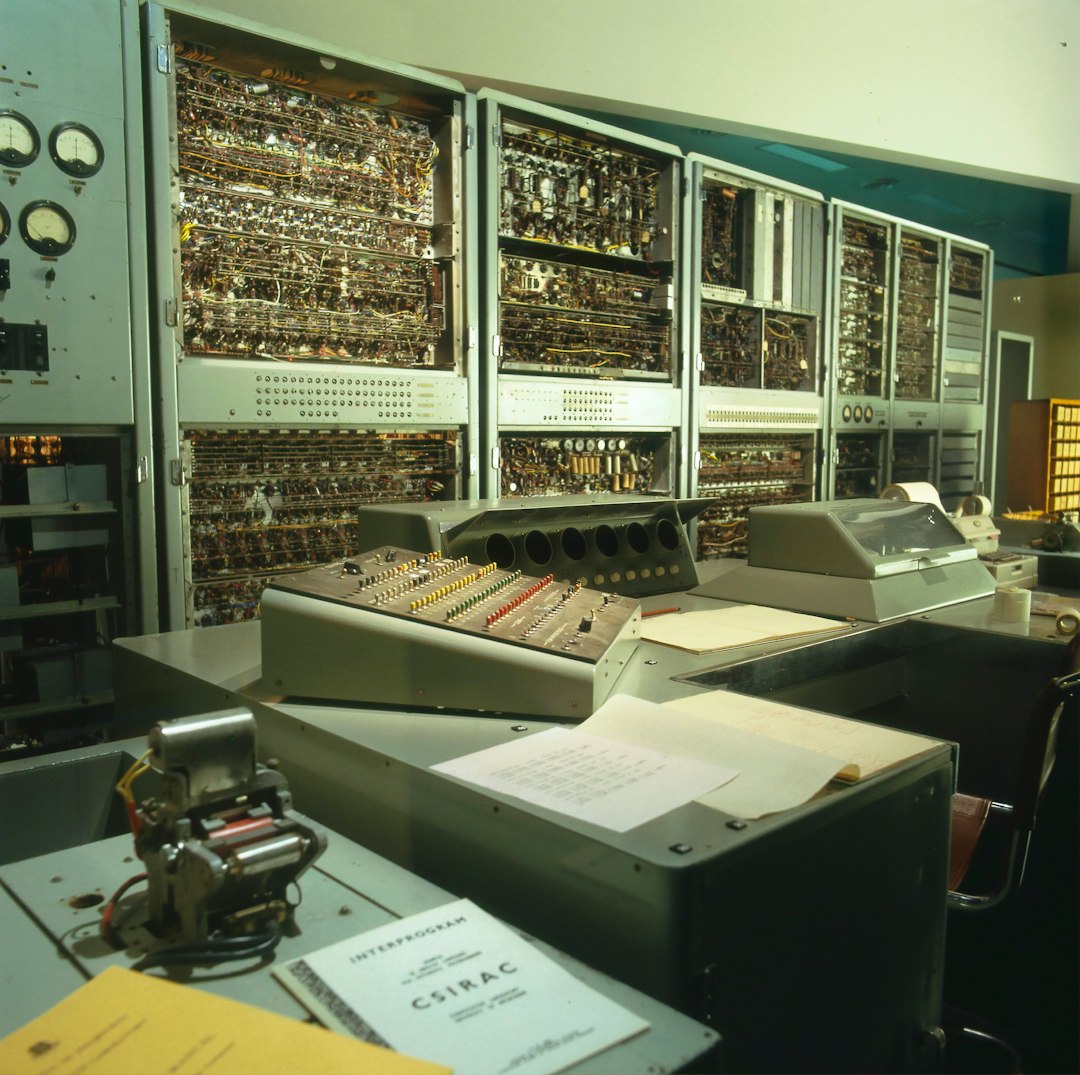
The computer is the greatest, incomparable invention belonging to the 20th century, with no single inventor accredited as it was born out of many scientists’, researchers’ and mathematicians’ contribution, though Charles Babbage is credited with the actual concept while Konrad Zuse made the first programmable computer. John Atanasoff and Clifford Berry built the first electronic digital computer. The “differential analyzer,” or analog computer was invented by Vannevar Bush at MIT. What’s fascinating is how different this was from today’s tech world – these early computers filled entire rooms and were basically giant calculators. Technology, science, inventions, and re-inventions progressed at an accelerated rate during the hundred years of the 20th century, more so than any other century, as we began with the infancy of airplanes, automobiles, and radio and ended with spaceships, computers, cell phones, and wireless Internet.
The Electric Light Bulb’s Illuminating Impact

In 1878-79 Joseph Swan in England and later Thomas Edison in the United States independently invented a practical electric incandescent lamp, with both inventors applying for patents before agreeing to form a joint company in 1883, though Edison has since been given most credit because he also devised the power lines and other equipment necessary for a practical lighting system. Lewis Latimer, an American inventor, patented a carbon filament in 1881 that burned for many more hours than previous designs, allowing for the production of more efficient light bulbs and making electric lighting more affordable. The invention of the light bulb transformed our world by removing our dependence on natural light, allowing us to be productive at any time, day or night. During the next 50 years, electric incandescent lamps gradually replaced gas and kerosene lamps as the major form of artificial light in urban areas. Imagine telling someone in 1870 that soon they’d flip a switch and banish darkness forever.
The Telephone’s Revolutionary Ring

The first “telephone call” took place between two rooms of Bell’s Boston laboratory on March 10, 1876, when Bell summoned his assistant Thomas Watson with the famous words “Mr. Watson—Come here—I want to see you,” and initially the telephone was a curiosity for the rich, but by the mid-20th century it had become a common household instrument with billions in use throughout the world. Bell’s device consisted of two sets of metallic reeds and electromagnetic coils where sound waves produced near one membrane caused it to vibrate at certain frequencies, inducing corresponding currents that flowed to the other coil, reproducing the original sound waves. The telephone didn’t just change communication – it changed everything about how business worked. Suddenly, deals could be made across continents in minutes instead of weeks. In the United States the spread of telegraphic communication through companies like Western Union aided law and order in Western territories and railroad traffic control, while enabling transmission of national and international news through wire services like Associated Press.
Aviation Takes Flight
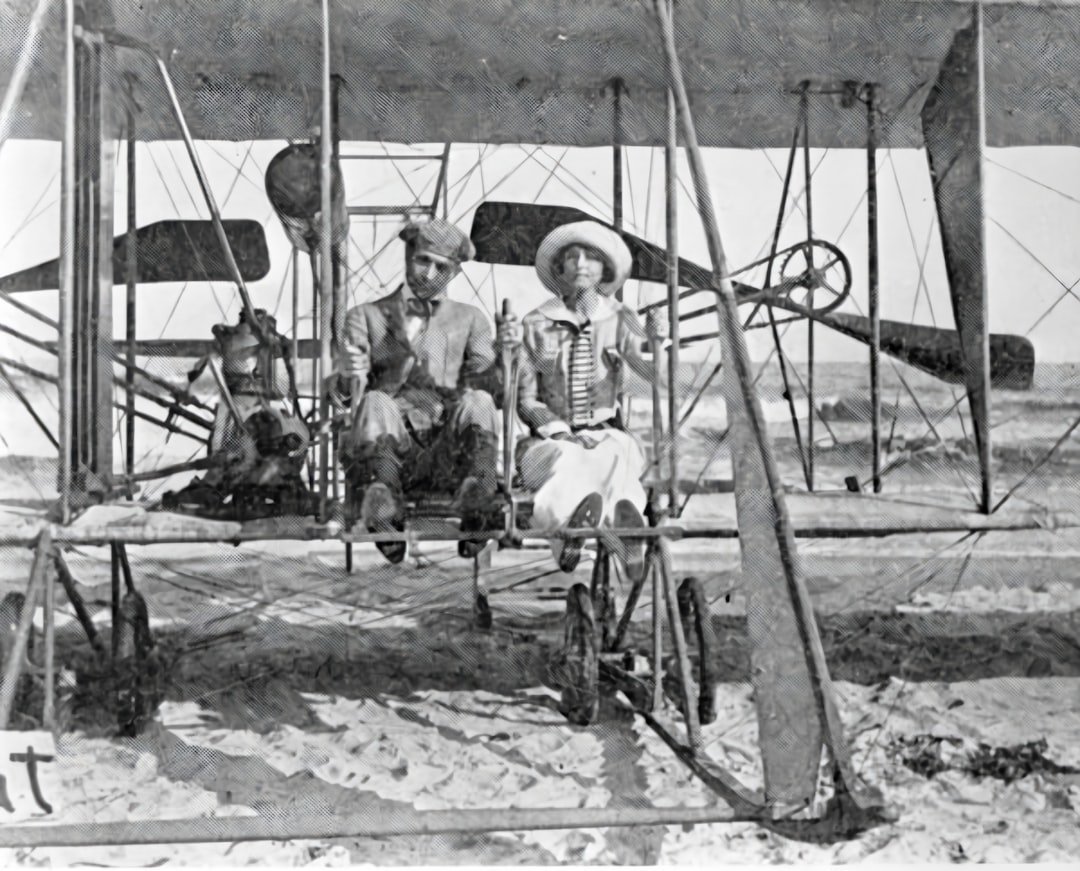
The airplane ranks as one of the earliest inventions of the 20th century when Wilbur and Orville Wright, through their invention of the airplane in 1903, demonstrated that man could fly, actualizing a concept found earlier only in mythological stories. The airplane, although invented earlier, was not taken seriously until Charles Lindberg made a solo flight across the Atlantic ocean, and with its unmatchable applicability, the airplane is truly one of the greatest inventions that has changed the world. Before the actual airplane was designed, Wright brothers tried various methods like gliders and hot air balloons for flying. Think about this – in December 1903, the Wright brothers flew for 12 seconds covering 120 feet. Less than 70 years later, humans walked on the moon.
Silicon Valley’s Entrepreneurial DNA
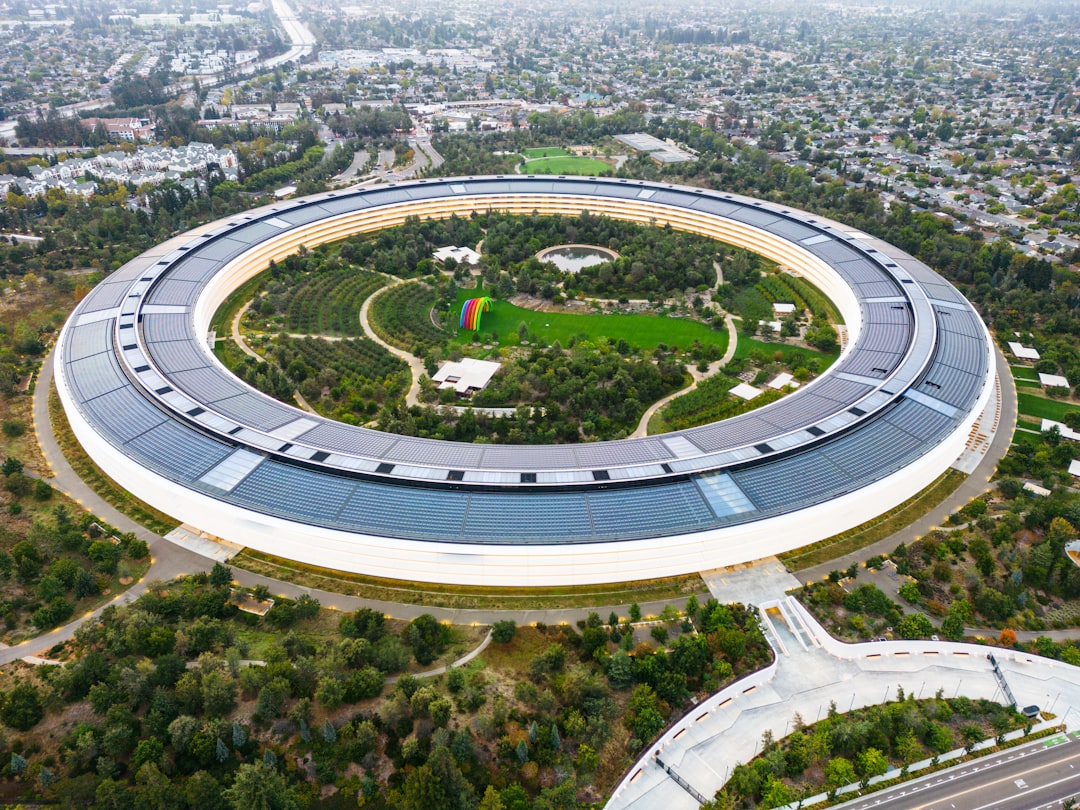
Silicon Valley has thrived by inventing a significant new industry about every 10 years since the 1930s, and although the companies and specific products have changed, every one of the areas continues to contribute today with the energy and determination they were pursued delivering success in the marketplace. The San Jose metropolitan area produced nearly 6% of U.S. high-tech real output in 1998, 11% of national high-tech manufacturing output, and San Jose computer firms contributed nearly 26% of industry output, ranking first place nationwide ahead of Los Angeles, New York, Boston, Chicago, and Dallas. In 2025, Silicon Valley tech firms Apple and NVIDIA each announced billions for new projects, while Silicon Valley-founded companies OpenAI and Oracle, in partnership with Japan’s SoftBank, jointly announced a $500 billion investment in new U.S. AI infrastructure. Cursor, an AI code-editing tool launched in 2022, reached $100 million in revenues within a year.
The Decline and Lessons of Motor City

Detroit’s current plight is owed to industrial restructuring of the global economy beginning in the 1970s, with Detroit’s 20th century boom creating an industrial monoculture that left workers few alternatives once crisis hit, and Detroit’s poverty also owed to “white flight” – typical migration pattern that eviscerated inner cities. The development of the assembly line rendered many Detroit plants inefficient due to multi-story layout of downtown factories, with building of factories in suburban areas leading to mass exodus where Detroit lost approximately 150,000 manufacturing jobs to suburban factories between 1947 and 1963. Detroit has lost 1.4 million inhabitants since its peak population in the 1950s, leaving behind a poverty-stricken African-American city where more than 80% of Detroiters are black. After dominating global automobile production in the early half of the 20th century, Detroit and its surrounding region faced decades of steep decline, yet recent years show combination of new political leadership, sustained philanthropic investments, and renewed corporate vision with Big Three manufacturers committing over $6.5 billion to electric vehicle innovation.
When the Future Knocked on America’s Door
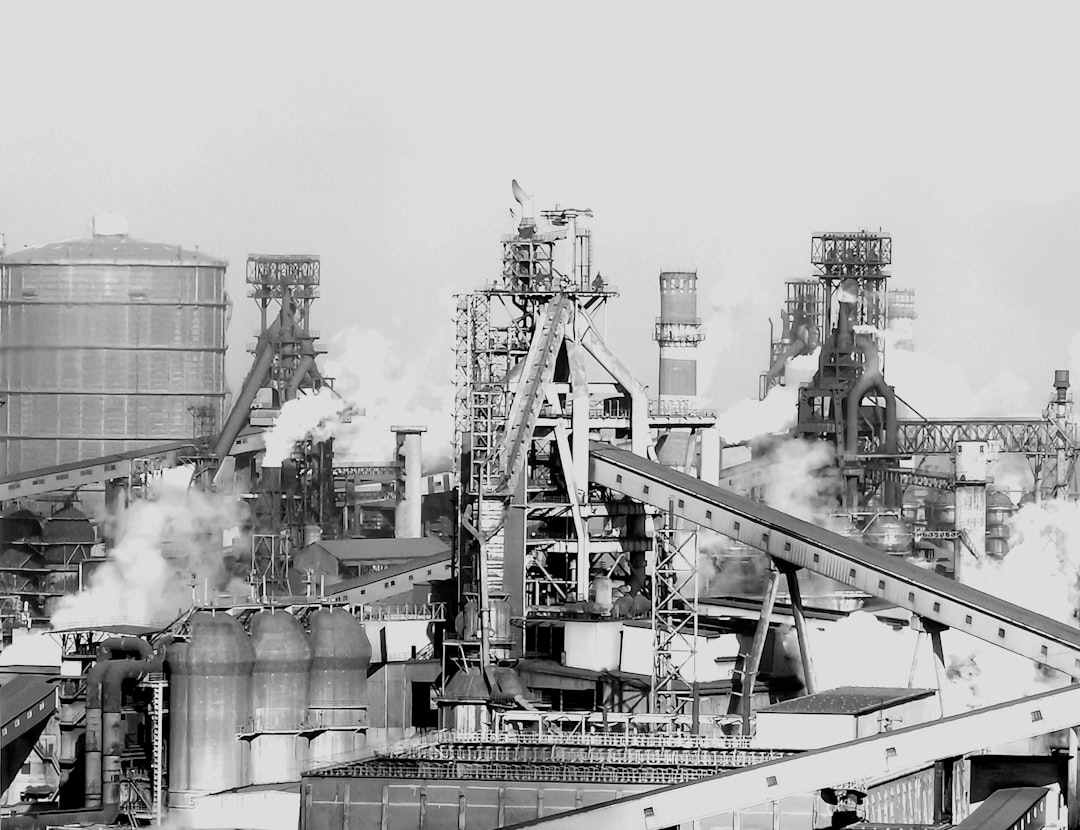
Modern productivity researchers have shown that the period in which the greatest economic and technological progress occurred was between the last half of the 19th century and the first half of the 20th, when the nation was transformed from an agricultural economy to the foremost industrial power in the world with more than a third of global industrial output, illustrated by the index of total industrial production increasing from 4.29 in 1790 to 1,975.00 in 1913 – an increase of 460 times. In the 20th century, the pace of technological developments became tied into complex interactions between Congress, industrial manufacturers, university research, and the military establishment known as the “military-industrial complex,” which played a dominant role in driving technological innovation with fundamental advances in medicine, physics, chemistry, computing, aviation, and other fields traced back to basic research for military applications. These weren’t just gadgets and gizmos – they were the building blocks of modern civilization. What started in labs and factories across America didn’t just change how Americans lived; it rewrote the rules for the entire planet.
Have you ever wondered what it would be like to witness these moments firsthand?




